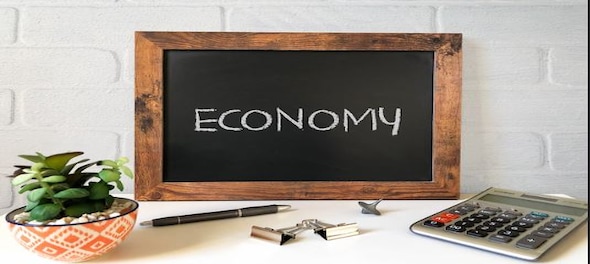
Rating agency ICRA has warned of serious downside risks to the economy next fiscal with runaway current account deficit, steep fall in the rupee and a hardening yields on government bonds, as a result of the Russian-Ukraine crisis and the resultant spike in crude and other commodity prices. International crude oil prices have hit a 14-year high at USD 130 a barrel on March 7, up from USD 94 a barrel before the invasion of Ukraine by Russia, which is the world's third-largest oil producer, supplying 14 percent of global production.
The price of the Indian crude oil basket has averaged USD 114.6 a barrel so far in March, a steep 22.9 percent surge from USD 93.3 a barrel in February. At the current crude level, the current account deficit is likely to widen by USD 14-15 billion (0.4 percent of GDP) for every USD 10 per barrel rise in the average price. If the price averages USD 130 a barrel in FY23, then the CAD will widen to 3.2 percent of GDP, crossing 3 percent for the first time in a decade, ICRA chief economist Aditi Nayar said in a report on Tuesday.
Accordingly, if the ongoing war pushes up the average price of the Indian crude oil basket in FY23 to USD 115 a barrel, the CAD is projected to widen to USD 100-105 billion or 2.8 percent of GDP. The highest CAD was in FY13 when it crossed the 4.8 percentage points and the second high was in FY12 when it was at 4.3 percent.
Also Read
While elevated commodity prices and pessimistic sentiments in global markets will impart a depreciating bias to the rupee, which fell to its lifetime low of 77.01 on Monday, large forex reserves of USD 631.5 billion as of February 25, which is equivalent to 12.6 months of imports, are likely to avert a sudden sharp depreciation, she said. The agency expects the rupee to trade in a range of 76-79 to a dollar until the conflict subsides and 10-year G-sec yield to jump to 7-7.4 percent in the first half of FY23.
Higher commodity prices and a weaker rupee pose upside risks to the baseline inflation forecast that the base effect will moderate the average CPI and WPI inflation to 5 percent each in FY23 from 5.4 percent and 12 percent, respectively, in FY22.
On the growth front, Nayar sees large downside risks to the FY23 growth forecast of 8 percent as higher commodity prices to compress margins if the conflict lingers on. Some reports said crude at the current price can shave off 3 percent of the GDP. Crude oil spike can also exacerbate the impact of higher-than-expected FY23 market borrowings on the yields and she expects a 10-year G-sec yield to range between 7 and 7.4 percent in H1.
First Published: Mar 8, 2022 9:55 PM IST
Check out our in-depth Market Coverage, Business News & get real-time Stock Market Updates on CNBC-TV18. Also, Watch our channels CNBC-TV18, CNBC Awaaz and CNBC Bajar Live on-the-go!


BJP is planning to ban RSS, says Shiv Sena (UBT) chief Uddhav Thackeray
May 18, 2024 8:01 PM
Punjab Lok Sabha elections: Complete list of Congress candidates
May 18, 2024 4:08 PM
Punjab Lok Sabha elections: Check full list of AAP candidates and constituencies
May 18, 2024 12:59 PM
PM Modi, Rahul Gandhi election rallies in Delhi today: Here are the routes to avoid
May 18, 2024 11:28 AM

